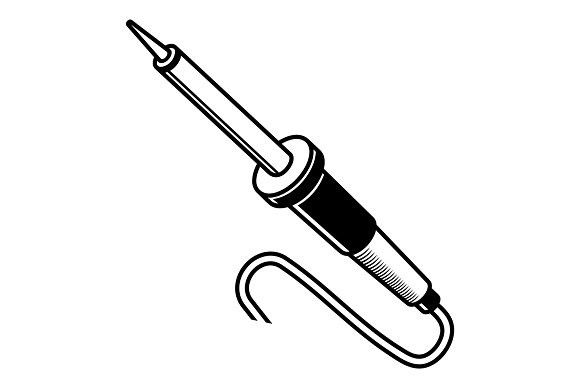When I started soldering everything was big and had leads that went through holes in the board. You inserted the leads, bent them over to hold the component, flipped the board over, soldered everything, and trimmed off the excess leads.
Now I’m soldering things down to 0402 SMDs (1/4 the size of the smallest component in the picture) using a needle point soldering tip and a microscope.

A pair of 2N2222 transistors, one SOT23 and one TO-92.


Wow things really have shrunk. I want to get into electronics to make guitar effect pedals, eventually. This looks really hard, kudos to you for working with such small parts.
I took a quick look and there are some DIY guitar pedal kits for around $35 on Amazon. They’re probably not the best quality but they’re definitely a way to get your feet wet.
The small parts are a challenge but the key part if getting them positioned properly and tacked down. Once you’ve got a couple of opposite pins you can work on the others easily. For the tiniest of pieces like the tiny resistors the surface tension of the solder will stand them right up on end and pull them around which is very frustrating. I get those in place, hit them with liquid flux, then hold them down and touch one end. After that the other end is easy.
What’s important here is that I’m using a standard soldering iron like anyone would use. It’s a good one but it’s just a soldering iron.
That’s the whole joy of audio that supposed to mess with the signal - it doesn’t need high fidelity, high quality, it just needs to do something ‘interesting’. The main thing that stops me is a lack of space to set up a mini-workshop. Thanks for the good explanation, I would have never imagined components wanting to do that! The last time I messed with electronics probably was Radio Shack kids kits in the 1980s, the kind where the board had springs sticking out and held resistors and diodes to build AM radios and things with lamps & switches. It’d be good to get into it, but it all seems so hard, complex, and advanced now. I mean Auduino is kinda cool, but it’s too much like my day job so I want to go all-analogue. It doesn’t stop me wanting to buy an oscilloscope though, just to see what’s going on! I think part of that is trust that I’m not going to melt my favourite guitar amp…
What do you think of my new distortion pedal?
It’s so…distorted.
I know, right? It’s AWESOME!
I’m fortunate that I have a little straw bale shed behind my house where I have my office. It’s 7’ x 11’ on the inside and I have 4’ x 7’ of one end walled off to form my office and the rest a front room with a futon couch. It is a tiny space but I fit a LOT into it. All you really need is a bin with a piece of hardboard in it to use as a table protector, your soldering iron, and other goodies. You can start small.
I bought a digital scope a while ago. It’s a Siglent SDS 1102CML+. I think it’s 100 MHz but it’s software hackable up to…300 MHz? If you’re going to be doing analog why not buy a used analog scope. I often see HPs and Tectronics on Facebook Marketplace for a couple of hundred dollars. Those are VERY nice scopes and, between you and me, it’s a LOT more scope for the same money as the new digital scopes.